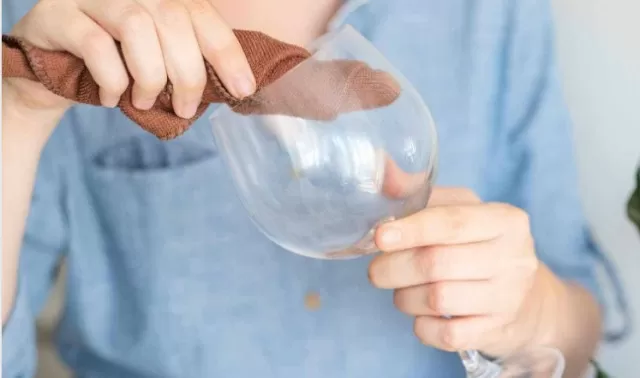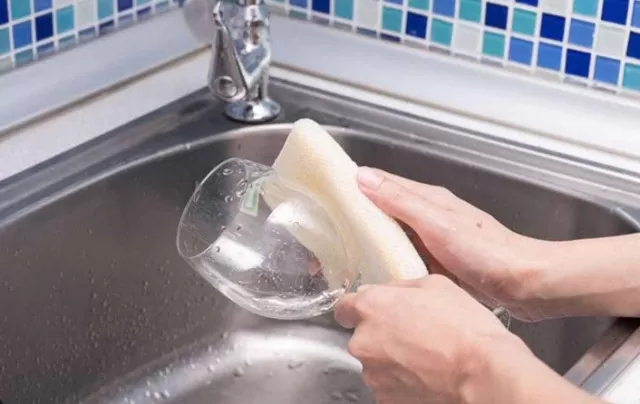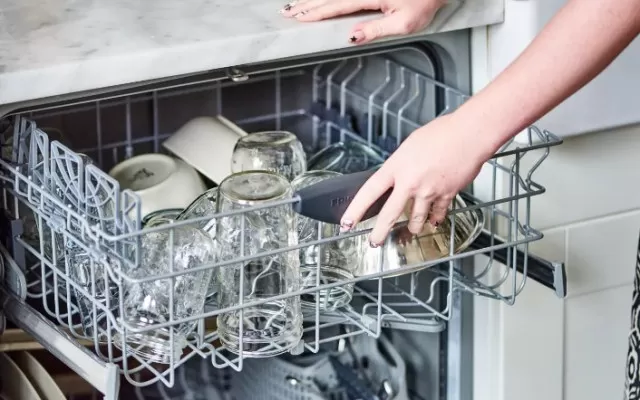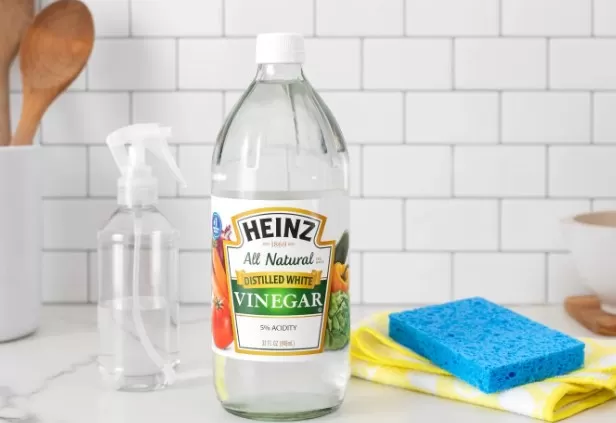How to Clean Wine Glasses: Proper Techniques for Sparkling. Master sommeliers and wine connoisseurs emphasize the impact of wine glass selection on the taste experience.
Whether you opt for a stemmed, narrow flute for champagne, a generously sized bowl on a stemmed glass for red wine, or the contemporary stemless wine glasses, one thing remains paramount – they must be impeccably clean.
Discover the art of cleaning wine glasses correctly to eradicate stains and savor your wine at its absolute best.
How Often to Clean Wine Glasses

To ensure an optimal wine tasting experience, wine glasses should be washed after each use.
Ideally, a fresh glass should be used when transitioning between different wine varieties or vintages. Additionally, it is recommended to wash wine glasses at least once a year, even if they are stored in a closed cabinet, to eliminate dust and potential pollutants that could lead to glass etching.
After unpacking wine glasses following a move, they should also be washed before being placed in a cabinet or rack for storage.
Before You Begin

To ensure the longevity and pristine condition of your wine glasses, proper preparation is essential.
Follow these guidelines to safeguard your glasses from harsh detergents and scratches:.
Opt for Hand-Washing: Hand-washing is highly recommended to protect your wine glasses.
However, if you prefer using an automatic dishwasher, follow the guidelines below.
Loading in the Dishwasher: When using an automatic dishwasher, ensure ample space between the wine glasses in the upper rack.
Avoid any contact between glasses or with plates and silverware. If the glasses are too tall for the upper rack, adjust it accordingly or place them in the lower rack.
Remember to prevent any contact with other items.
Gentle, No Heat Drying: Select the gentle, no heat drying cycle in the dishwasher.
Once the cycle ends, promptly remove the glasses while they are still damp. To complete the drying process, gently hand-dry each glass using a lint-free towel.
Skip the Suds
Fill a sink or plastic tub with warm water and add just a small amount of dishwashing liquid when hand-washing wine glasses.
Avoid excessive soap, as it is not necessary for cleaning. To prevent chips or scratches, place a rubber mat or dishtowel at the bottom of the sink.
Wash Gently
Utilize a nylon scrubber or specialized wine glass brush to wash the glasses, paying particular attention to the rim and interior of the bowl.
When handling delicate stemmed glasses, firmly hold the glass by the bowl with one hand while washing it with the other. Right Water
Temperature for Rinsing
Always use warm water for rinsing, matching the temperature of the washing water.
Avoid extreme temperature changes, as they can cause cracks in the glass. Lint-Free Drying:.
Employ a lint-free cloth, such as a microfiber towel, for drying the glasses.
Securely hold the glass with one hand and use the towel to dry the bowl, stem, and base of each glass. By following these steps before you begin cleaning, you can ensure that your wine glasses are properly prepared and ready for a spotless and enjoyable wine tasting experience.
Techniques to Remove Cloudiness and Tough Red Wine Stains from Wine Glasses

When faced with stubborn red wine stains or a cloudy film on your wine glasses, take the following steps to restore their pristine clarity:.
Warm Some Distilled white vinegar: Heat water in a microwaveable bowl or on the stovetop until it simmers.
Place a bottle of distilled White Vinegar in the warm water and let it sit for approximately 5 to 10 minutes to warm.
Soak the Wine Glasses in Warm Vinegar: Pour the warmed vinegar into the bowls of the glasses or submerge the glasses in a plastic tub filled with vinegar.
Allow the glasses to soak for one hour.
Scrub and Wash the Wine Glasses: After the soaking period, use a wine glass brush, a fork, or a bamboo skewer wrapped in a microfiber dishcloth to scrub the bottom of the glass bowl.
Proceed to wash, rinse, and dry the glasses as you normally would.
Dealing with Stubborn Stains: If the stain persists, fill the wine glass halfway with warm vinegar and add one teaspoon of baking soda.
Be prepared for fizzing as the vinegar and baking soda react to loosen the wine stain. Once the fizzing subsides, gently scrub the glass with the brush and wash it as usual.

Note: Exercise caution with delicate glasses like champagne flutes, as they may shatter due to the chemical reaction.
Clear Away Cloudy Film: The warm vinegar soak can also eliminate any film caused by residual detergents, fingerprints, or pollution.
However, it will not remove scratches or etching resulting from repeated washing in hard water. By following these steps, you can effectively combat tough red wine stains and restore the sparkling brilliance of your wine glasses.
*The information is for reference only.